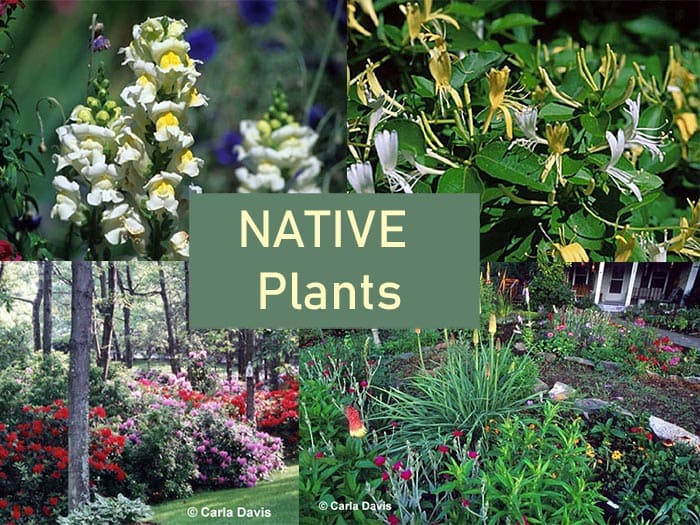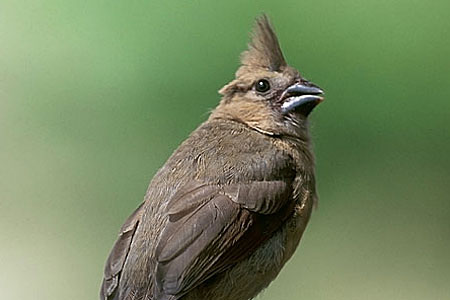
North Dakota Plants for Wildlife Habitat & Conservation Landscaping
The following are WindStar Wildlife Institute’s plant recommendations for wildlife habitats in North Dakota:
Trees
Eastern Red Cedar; Silver and Sugar Maple; Bur Oak; Hackberry; Black Walnut, Eastern Cottonwood; Green Ash; Paper Birch; Downy Hawthorn; Ironwood; Quaking Aspen; Wild Plum; American Linden
Shrubs
Wild and Smooth Rose; Leadplant; Indigo Bush; Bearberry; Gray and Red-osier Dogwood; American Hazelnut; Common and Creeping Juniper; Common Ninebark; Sand Cherry; Chokecherry; Smooth Sumac; Buffalo and Golden Currant; Pussy Willow; Elderberry; Silver Buffaloberry; Meadow Sweet; Snowberry; Black Haw; High-bush and American Cranberry
Wildflowers
Red Baneberry; Wild Garlic; Prairie Onion; Windflower; Thimbleweed; Columbine; Jack-in-the-pulpit; Wild Ginger; Swamp Milkweed; Whorled Milkweed; Heath, Smooth, New England, Sky Blue, Swamp and Silky Aster; Bunchberry; Prairie Larkspur; Tick-trefoil; Purple Coneflower; Fireweed; Boneset; Flowering Spurge; Grass-leaved Goldenrod; Wild Strawberry; Prairie Smoke; Stiff and Ox-eye Sunflower; Roundheaded Bush Clover; Rough Blazing Star; Gayfeather; Prairie Blazing Star; Turk’s Cap Lily; Great Blue Lobelia; Wild Bergamot; Common Evening Primrose; Large-flowered Penstemon; White and Purple Prairie Clover; Prairie Phlox; Solomon’s Seal; Black-eyed Susan; Ropsinweed; Cup Plant; Gray, Stiff and Showy Goldenrod; Blue Verbena; Ironweed; Meadow Violet;

Female Cardinal birds are usually in pale brown color.
Vines
American Bittersweet; Virgin’s Bower
Grasses
Indiangrass; Big, Sand and Little Bluestem; Sideouts Grama; Switchgrass; Prairie Brome; Prairie Dropseed; Western Wheatgrass; Buffalo Grass; Canada Wild Rye; Junegrass, Blue Gramma; Bluejoint Grass; Bottlebrush Grass; Porcupine Grass
From east to west, North Dakota is divided into three geographic regions. In the east is the Red River Valley. To the west of the Red River Valley is the Drift Prairie. The southwestern half of North Dakota is covered by the Great Plains.The Red River Valley is flat. It lies along the border of Minnesota and is one of the most fertile areas in the world. This area of North Dakota is farm country and wheat and other crops cover the area along with livestock. To the west of the Red River Valley is the Drift Prairie, rising from 200 to 2,000 feet over the Red River Valley. The Drift Prairie is separated from the Red River Valley in the north by the Pembina Hills. This area is marked by rolling hills, stream valleys, and numerous lakes where thousands of ducks nest every year. In the north are the Turtle Mountains. About half of North Dakota is covered by the Great Plains.
The Great Plains, in the southwestern section of the state, rise about 300 to 400 feet above the Drift Prairie east of the Missouri River. The area is hilly and rich in mineral deposits. Along the Missouri River, the land is lower. To the south and west of the river is an area of rugged valleys and buttes called the Slope.The Badlands lie in southwestern North Dakota. This strip of beautiful monuments to nature stretches about 190 miles and is about 6 to 20 miles wide. The Badlands are a valley of stone and clay where wind and water have shaped the land into strange and beautiful formations; buttes, pyramids, domes, and cones colored in shades of browns, reds, grays, and yellows. The Great Plains Native Plant Society can provide lists of local plants.
For more information on improving your wildlife habitat, visit the WindStar Wildlife Institute web site. On the web site, you can also apply to certify your property as a wildlife habitat, register for the “Certified Wildlife Habitat Naturalist e-Learning course, become a member and sign up for the FREE WindStar Wildlife Garden Weekly e-mail newsletter.

